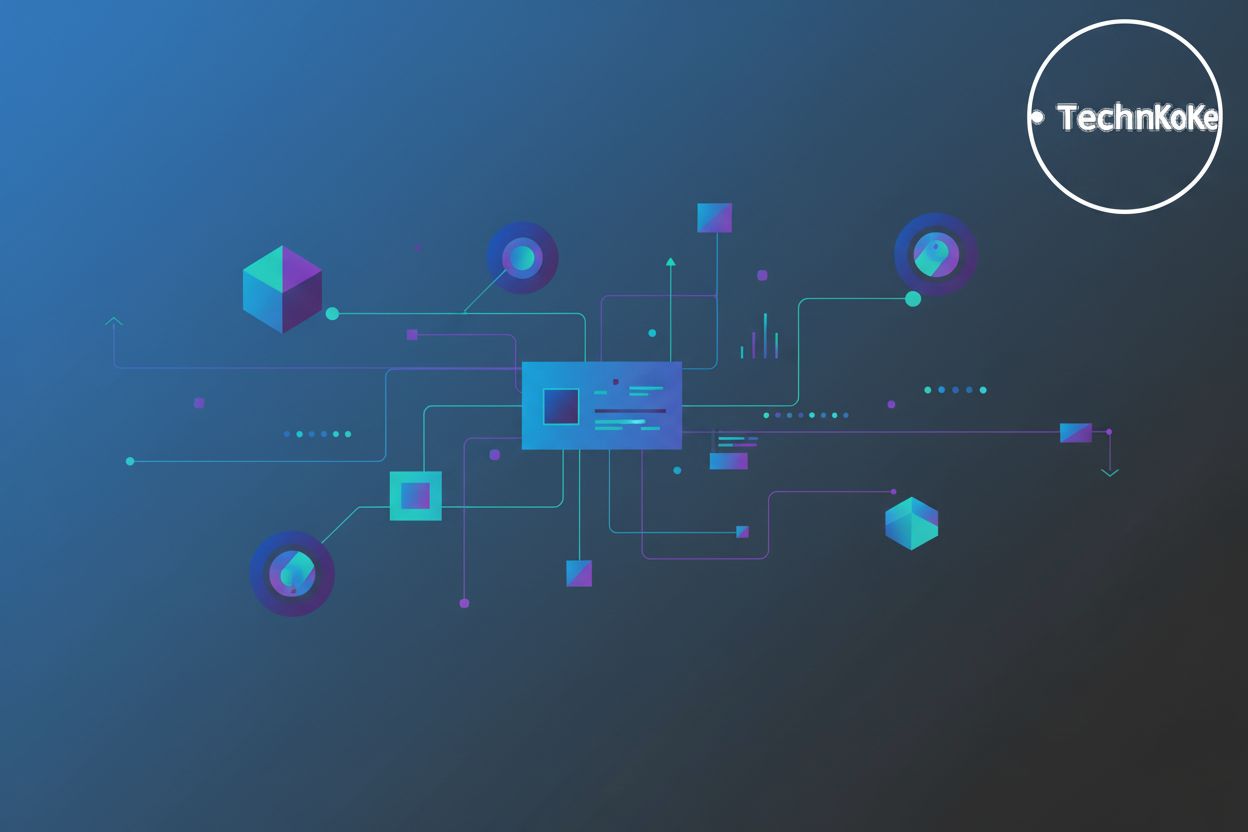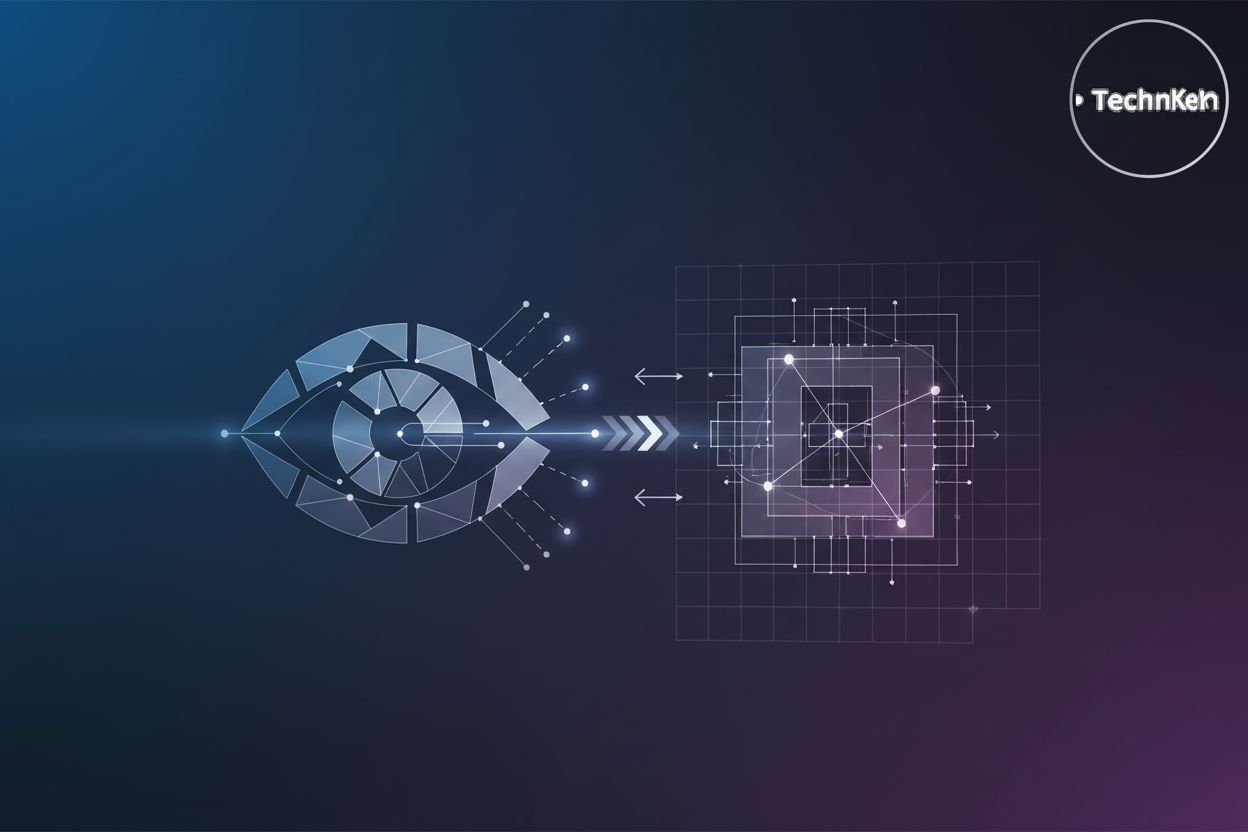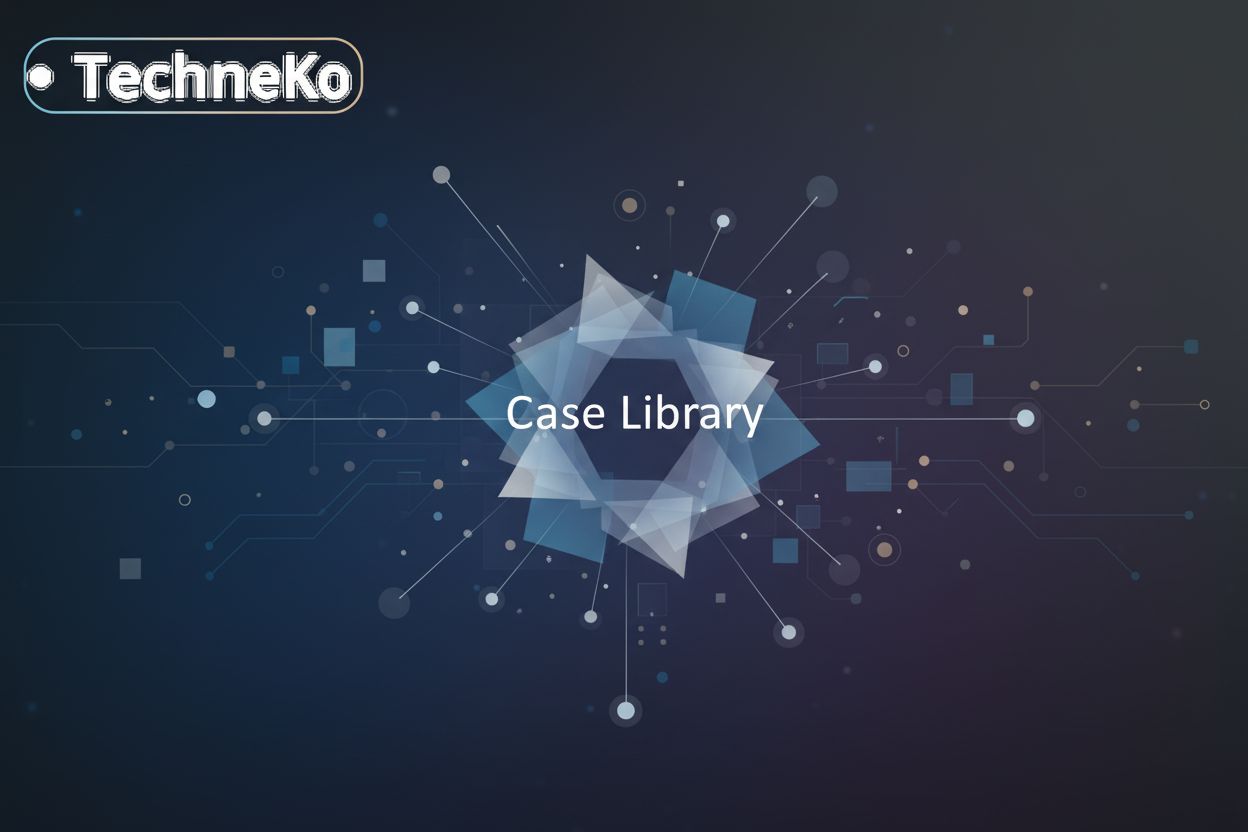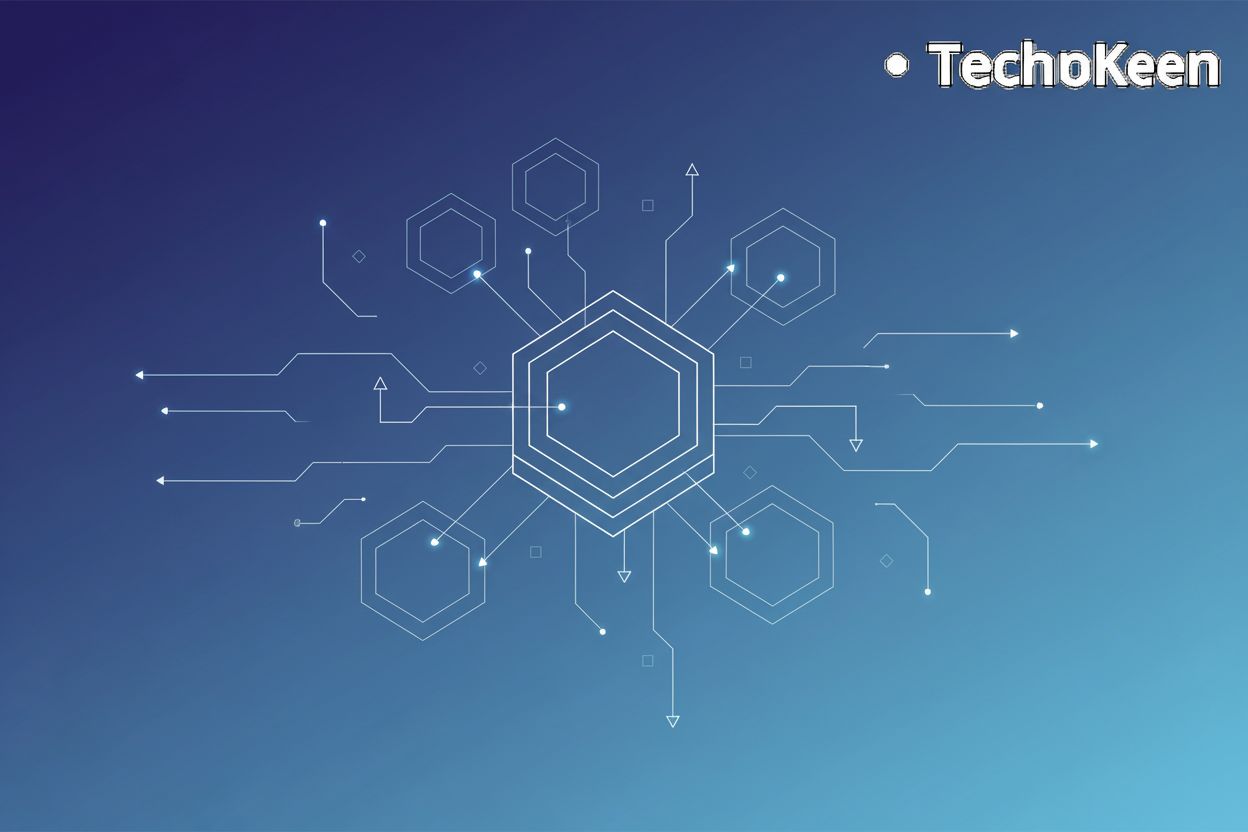BDI Software Model: An Overview
TL;DR
Introduction to the BDI Model
Okay, so you're probably wondering what the heck the BDI model is. Well, it's kinda cool, I guess?
At its core, the BDI model is a way to build smarter ai agents. It focuses on three main things:
- Beliefs: What the agent thinks is true about the world. Like, an ai in a retail store might believe that "if a customer spends more than $100, offer them a discount." See what i mean?
- Desires: What the agent wants to achieve. Think of a sales ai wanting to "increase sales by 10% this quarter." Ambitious!
- Intentions: What the agent actually plans to do. So, the ai might intend to "send personalized email offers to high-value customers" to hit that sales target.
Essentially, the BDI model gives ai agents a framework for making decisions like us humans do – well, hopefully, better decisions than some of us! It's a cognitive architecture, meaning it tries to simulate how we think. (Cognitive architecture - Wikipedia) These philosophical underpinnings, drawing from fields like intentionality and epistemology, inform its core principle: creating ai that is rational and can adapt to changes. It helps simplify the design of ai that needs to handle complex tasks.
Think of it this way: the BDI model helps ai deal with dynamic and unpredictable situations – like a self-driving car navigating rush hour. Next up, we'll look at why you'd even want to use the BDI model in your ai projects.
Core Components of the BDI Model
Ever wonder how ai agents decide what to do next? It's not just random code firing off, you know. It all boils down to three key things that makes up the BDI model: Beliefs, Desires, and Intentions. Let's break each of those down, shall we?
Beliefs are basically an agent's understanding of the world – kinda like our own mental models, except, you know, silicon-based. It's not necessarily about truth (though that helps); it's about what the agent thinks is true, even if it's wrong.
- Definition: Beliefs are the information an agent holds about its environment. This could include facts, observations, or even assumptions. Think of a self-driving car. It believes that the object ahead is a pedestrian based on its sensor data.
- Updating Beliefs: Agents don't just stick with their initial beliefs. They're constantly updating them based on new information. A financial ai might update its belief about a stock's performance based on real-time market data. It's all about staying current, right?
- Perception and Reasoning: Where do these beliefs come from? A lot of it is perception – what the agent senses. But reasoning plays a role too. An ai fraud detection system might believe a transaction is suspicious based on a combination of factors and its internal logic. This reasoning can involve logical inference (e.g., if A is true and A implies B, then B is true) or probabilistic reasoning (e.g., given this data, there's a 70% chance of fraud).
Think about a supply chain management ai. It might believe that "Supplier X has a 99.9% on-time delivery rate" or that "Warehouse Y has a capacity of 5000 units." These beliefs inform its decisions about where to source materials and where to store finished products.
Desires are the agent's goals – what it's trying to achieve. Not just idle wishes, but things it's actively working towards.
- Definition: Desires are the objectives that drive an agent's behavior. This could be anything from "maximize profit" to "minimize errors." An ai-powered personal assistant might desire to "schedule the user's appointments efficiently."
- Prioritization: Agents often have multiple desires, and some are more important than others. A manufacturing ai might prioritize "maintaining product quality" over "reducing production costs," at least up to a point.
- External Influence: Desires aren't always internally generated. External factors, like market conditions or regulatory requirements, can shape an agent's desires. An ai compliance officer might desire to "ensure the company adheres to all relevant data privacy laws" because, well, it has to.
Intentions are the agent's plans – the specific steps it's committed to taking to achieve its desires. It's where the rubber meets the road, you know?
- Definition: Intentions are the plans an agent selects to achieve its desires, based on its beliefs. So, a marketing automation system might intend to "send a personalized email campaign to customers who abandoned their shopping carts" to achieve its desire of "increasing sales."
- From Desires to Intentions: Intentions aren't just pulled out of thin air. They're formed based on a combination of desires and beliefs. The marketing ai only intends to send those emails if it believes that the customers are likely to respond positively.
- Commitment is Key: Intentions aren't just fleeting ideas. The agent is committed to carrying them out, even if things get tough. A customer service chatbot might intend to "resolve the customer's issue on the first contact," and it'll keep trying until it succeeds or escalates the issue.
These three components work together to give ai agents a rational, decision-making framework. It's not perfect, but it's a pretty good way to build smarter, more adaptable ai.
The BDI Reasoning Cycle
Okay, so we've got our agent with its beliefs, desires, and intentions all set – but how does it actually use them to make decisions? That's where the BDI reasoning cycle comes in, and believe me, it's kinda the heart of the whole thing.
- Perception to Plan: The BDI reasoning cycle starts with the agent perceiving its environment. It takes in information through sensors or other inputs, and then updates its beliefs accordingly.
- Think of a robot vacuum – it uses its sensors to detect obstacles and update its belief about the layout of the room.
- Generating Options, Selecting Desires: Based on its updated beliefs, the agent generates a set of possible actions. It then selects the most appropriate desires to pursue, considering any constraints or trade-offs.
- For example, a smart thermostat might generate options like "increase temperature," "decrease temperature," or "maintain current temperature." It then selects the desire that best aligns with the user's preferences and energy efficiency goals. Common constraints might include resource limitations (e.g., battery power for a robot) or time constraints (e.g., needing to complete a task by a deadline). Trade-offs could involve balancing competing desires, like speed versus accuracy.
- Plan Selection, Intention Formation: The agent then chooses the best plan to achieve its selected desires. It forms intentions based on this plan, committing to execute it.
- A delivery drone might select a plan that involves flying to a specific address, avoiding obstacles, and delivering a package. Once it forms the intention to execute this plan, it's committed to doing so.
- Execution and Monitoring: Finally, the agent executes its chosen plan, while continuously monitoring the environment for changes.
- If the delivery drone encounters unexpected wind gusts, it might need to revise its plan to compensate. If an intention fails or the environment changes significantly, the agent might re-enter the reasoning cycle to form new intentions.
The cool thing is that this cycle isn't just a one-time thing. The agent continuously repeats it, adapting to new information and changing circumstances. It's all about that feedback loop, you know? This allows the agent to be flexible and respond to unexpected situations. Think about a customer service chatbot, it's constantly perceiving user input, updating its beliefs about their needs, and forming new intentions to help them out. Then again, maybe you don't want to think about chatbots!
Now that you have a handle on the reasoning cycle, let's dig into the practical applications of the BDI model.
Practical Applications of the BDI Model
Okay, so you might be thinking, "The BDI model sounds cool and all, but can it actually do anything useful?" Glad you asked! Turns out, there's a bunch of ways to put this thing to work.
First off, let's talk platforms. If you're serious about building BDI agents, you probably don't wanna start from scratch. Luckily, there's tools out there to help. There's a few agent platforms where you can build BDI agent, like Jason and JACK.
- Jason: This is a popular open-source platform and interpreter for an agent-oriented programming language, which is based on an extended version of AgentSpeak. An agent-oriented programming language is essentially a way to write code that focuses on autonomous agents and their interactions, while an agent development environment provides the tools and infrastructure to build, test, and deploy these agents. It's great because it's flexible and has a strong community.
- JACK: JACK is a commercial, industrial-strength agent development environment. It lets developers build sophisticated multi-agent systems, and is especially useful for those needing robust, reliable performance.
Choosing the right platform really depends on your project. Are you doing research and need something flexible? Jason might be the way to go. Need something for a real-world application where reliability is key? JACK could be a better fit.
But how about using the bdi model for business automation?
- Supply Chain Optimization: Imagine using BDI agents to manage a complex supply chain. The agent could believe that "shipping costs from Vendor A have increased," desire to "minimize overall shipping costs," and intend to "negotiate better rates with Vendor B." The agent's internal logic would then select a plan to initiate negotiations with Vendor B.
- Customer Service: BDI agents can power smarter customer service systems. They can believe that "Customer X is frustrated based on sentiment analysis," desire to "resolve the customer's issue quickly," and intend to "offer a full refund and a discount on their next purchase."
- Finance: Think about using BDI agents for fraud detection. The agent might believe that "Transaction Y is unusual based on the customer's past behavior," desire to "prevent fraudulent transactions," and intend to "flag the transaction for manual review."
Integrating these agents with existing enterprise systems can be tricky, but it can lead to big improvements in efficiency and decision-making.
Speaking of customer service, BDI can seriously level up your chatbots. Instead of just spitting out pre-programmed responses, BDI-powered chatbots can reason about the user's needs and adapt their interactions, which can lead to a way better user experience. They can handle complicated questions and actually provide personalized answers, which is what everyone wants, right?
And, of course, robotics. The BDI model is really useful for controlling robots and self-driving cars. It lets them make decisions in situations that are always changing, which helps them be safer and more efficient.
So, yeah, the BDI model isn't just some fancy theory, it has real-world uses. Next up, we'll discuss the benefits and challenges of using the BDI model.
Benefits and Challenges of Using the BDI Model
So, you're thinking about diving into the BDI model? Well, buckle up, because it's not all sunshine and rainbows, but it can be pretty powerful. It's like anything else in tech – pros and cons, ya know?
Improved Reasoning: BDI agents can make really smart decisions. Like, they don't just react; they think about what they believe, what they want, and how to get it. Imagine a fraud detection system that doesn't just flag suspicious transactions but actually understands why they're suspicious based on past behavior. Kinda cool, right?
Adaptability: These agents can roll with the punches. If something changes in their environment, they can update their beliefs and adjust their plans on the fly. Think of a supply chain ai that can reroute shipments when there's a sudden disruption, like that time a cargo ship blocked the Suez Canal.
Explainability: Ever wonder why an AI made a certain decision? BDI makes it easier to understand because you can trace the decision back to the agent's beliefs, desires, and intentions. It's like peeking inside the ai's brain – which is more than you can say for most ai systems, honestly.
Human-Like Reasoning: BDI tries to mimick how we think, and that's pretty neat. It makes them more intuitive to interact with, which is a big win for things like customer service chatbots. This is achieved by modeling intentionality and goal-directed behavior, mirroring how humans pursue objectives.
Complexity: Implementing BDI can be a headache. It's not exactly plug-and-play, and debugging can be a nightmare. You're dealing with beliefs, desires, and intentions and making sure they all play nice together – and that can get messy quick.
Overhead: All that reasoning takes processing power. Maintaining those beliefs, desires, and intentions can hog resources, especially in complex systems. You don't want your ai grinding to a halt every time it has to make a decision, right?
Scaling Issues: BDI can be tricky to scale. What works great for a small system might fall apart when you try to apply it to something bigger and more complicated. Think about trying to manage a city's entire traffic system with BDI agents – that's a whole different ballgame than controlling a single robot.
Design Challenges: You can't just throw BDI at a problem and hope it sticks. It takes careful design and tuning to get it right. You need to think about how the agent will perceive the world, what its goals are, and how it will achieve them – and that takes time and effort.
So, yeah, the BDI model has its perks, but it also comes with its fair share of challenges. Next up, we'll look at how Technokeen is leveraging BDI to address these challenges.
BDI Model and Technokeen's Solutions
BDI and Technokeen – sounds like a buddy cop movie, doesn't it? Except instead of solving crimes, they are building smart AI. Technokeen gets how powerful the BDI model is, and they're using it to create some seriously cool solutions.
- AI Agent Development: Technokeen isn't just slapping together some code, they're crafting custom ai agents. They get that the BDI model allows for more human-like decision-making, leading to smarter, more adaptable agents by mimicking human-like reasoning through beliefs, desires, and intentions. It's like giving your ai a brain upgrade, y'know?
- Business Process Automation: Forget about those clunky, rigid automation systems. Technokeen uses BDI agents to automate even the most complicated business processes. This isnt just about saving time – it's about making things more efficient and accurate. Think of a financial ai that can not only process transactions, but also detect and prevent fraud in real-time. For instance, such an ai might believe a transaction is suspicious, desire to prevent fraud, and intend to flag it for review.
- Customer Service Chatbots: Chatbots can be annoying, right? But what if they were actually helpful? Technokeen is building BDI-powered chatbots that provide personalized, intelligent support. They can understand customer needs and provide relevant solutions, which is the goal, right?
Technokeen aren't just building ai for the sake of building ai. They're using the BDI model to solve real-world problems and make businesses more efficient.
Conclusion
So, what's next for the BDI model? Well, it ain't going anywhere anytime soon! It's got some serious staying power, you know?
The BDI model isn't just some old-fashioned thing. It's still super relevant and evolving. Researchers are finding new ways to make it even better; like, how to handle complex situations and make faster decisions. For example, research is exploring more efficient planning algorithms and improved belief revision mechanisms.
There's gonna be some cool advancements! Think about combining BDI with machine learning. Agents could learn from their experiences and get smarter over time. Combining BDI with machine learning could allow agents to learn optimal strategies for belief updating or plan selection based on past performance. Plus, there's work being done on making BDI agents more collaborative, so they can work together to solve problems. This collaboration could involve agents sharing beliefs, coordinating intentions, or negotiating goals to achieve common objectives.
BDI has the potential to drive the next wave of smart systems. Imagine ai that can truly understand and respond to our needs, ethically and responsibly. That's where BDI's heading, and it's pretty exciting, i think. This includes ensuring fairness in decision-making, transparency in their actions, and avoiding unintended biases in their beliefs.
Give BDI a shot! It's worth exploring, and who knows, you might just build the next big thing. Just remember to think about the ethical stuff, okay?




